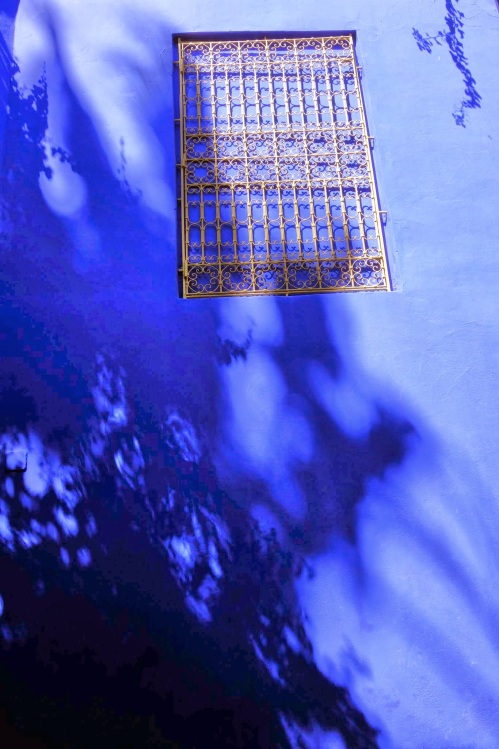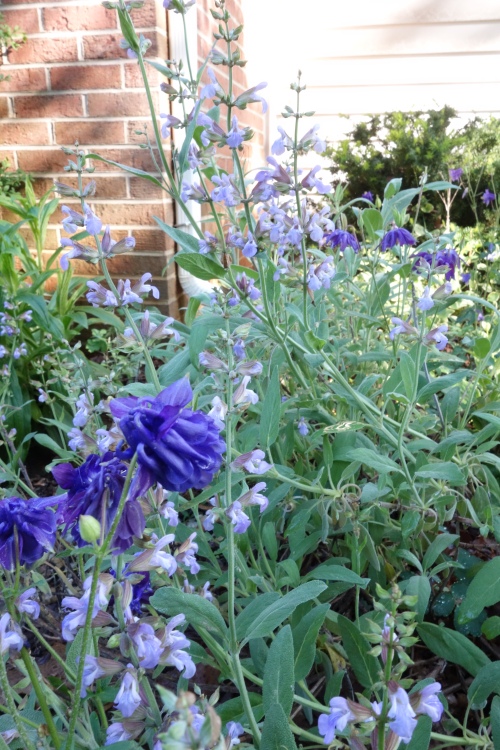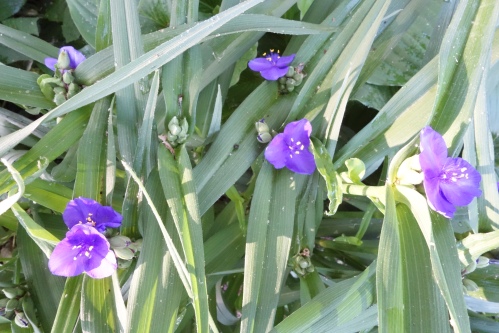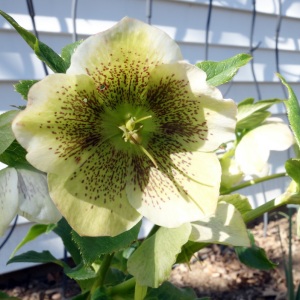This blog is returning to its roots for just a moment to focus on an actual garden, Majorelle Garden in Marrakech. Designed by artist Jacques Majorelle in the 1920s, it has been a public garden since 1947. It was purchased and restored by Yves Saint Laurent in 1980, and his ashes were scattered here when he died in 2008. See more in this post by another visitor.
One room featured his annual “Love” prints from the sixties up until his death – very much of their time.
 This garden is most famous for the color known as Majorelle Blue. I decided my only souvenir would be a can of paint, but I didn’t see any in the gift shop, which mainly features designs by Saint-Laurent. It’s apparently a difficult color to find – the closest approximation is either a cobalt blue or ultramarine. Here are some examples from the garden, where you can see how perfectly the blue sets off the plants.
This garden is most famous for the color known as Majorelle Blue. I decided my only souvenir would be a can of paint, but I didn’t see any in the gift shop, which mainly features designs by Saint-Laurent. It’s apparently a difficult color to find – the closest approximation is either a cobalt blue or ultramarine. Here are some examples from the garden, where you can see how perfectly the blue sets off the plants.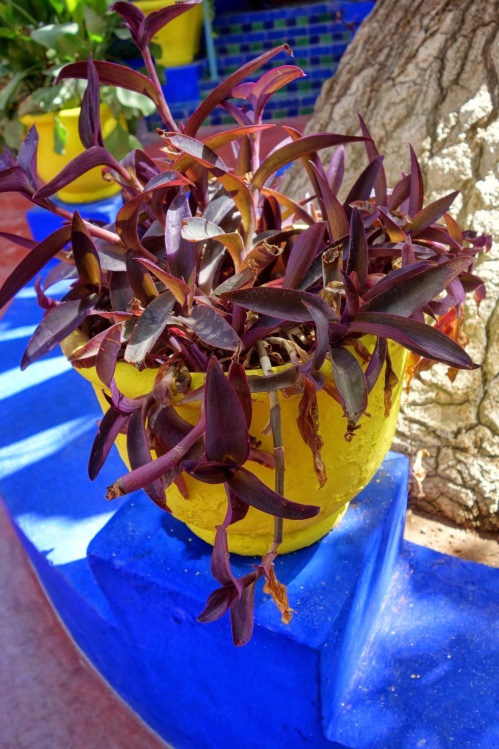

 To my eye, this garden is all about color and form. Lots of palms and cactus, plus some Mediterranean flowering plants. Take a look. Here are a few palms, plus a wild and crazy yucca.
To my eye, this garden is all about color and form. Lots of palms and cactus, plus some Mediterranean flowering plants. Take a look. Here are a few palms, plus a wild and crazy yucca.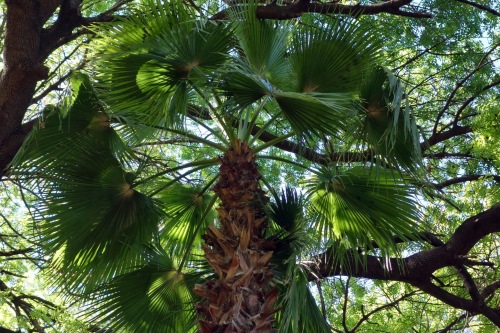



Next up, a gorgeously perfect succulent (I should know what kind but I don’t.).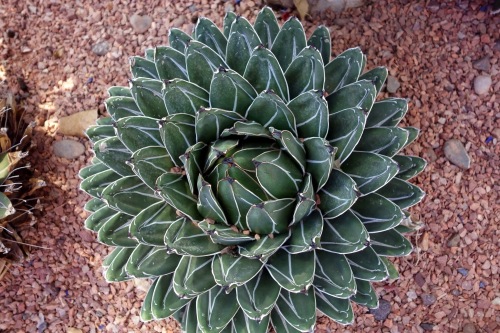
Then some flowering plants: clivia, something I can’t identify, kalenchoe, the flowers of a palm tree, bougainvillea.




But it’s not just the species, it’s how they are put together, using water, color, form, light.
Best of all is the Majorelle blue in this iconic image.
And I will leave you with these blue shadows.









